Dogs are often celebrated as man’s best friend, but not all breeds are eager to follow commands. While many dogs are eager to please and quick to learn, some breeds are known for their independent nature and reluctance to obey. This list explores ten dog breeds that are notoriously hard to train, according to data. Whether due to stubbornness, aloofness, or a strong-willed nature, these breeds present unique challenges for dog owners seeking obedience. If you’re considering adding one of these pooches to your family, be prepared to embrace their quirky personalities and invest time in creative training approaches.
1. Afghan Hound
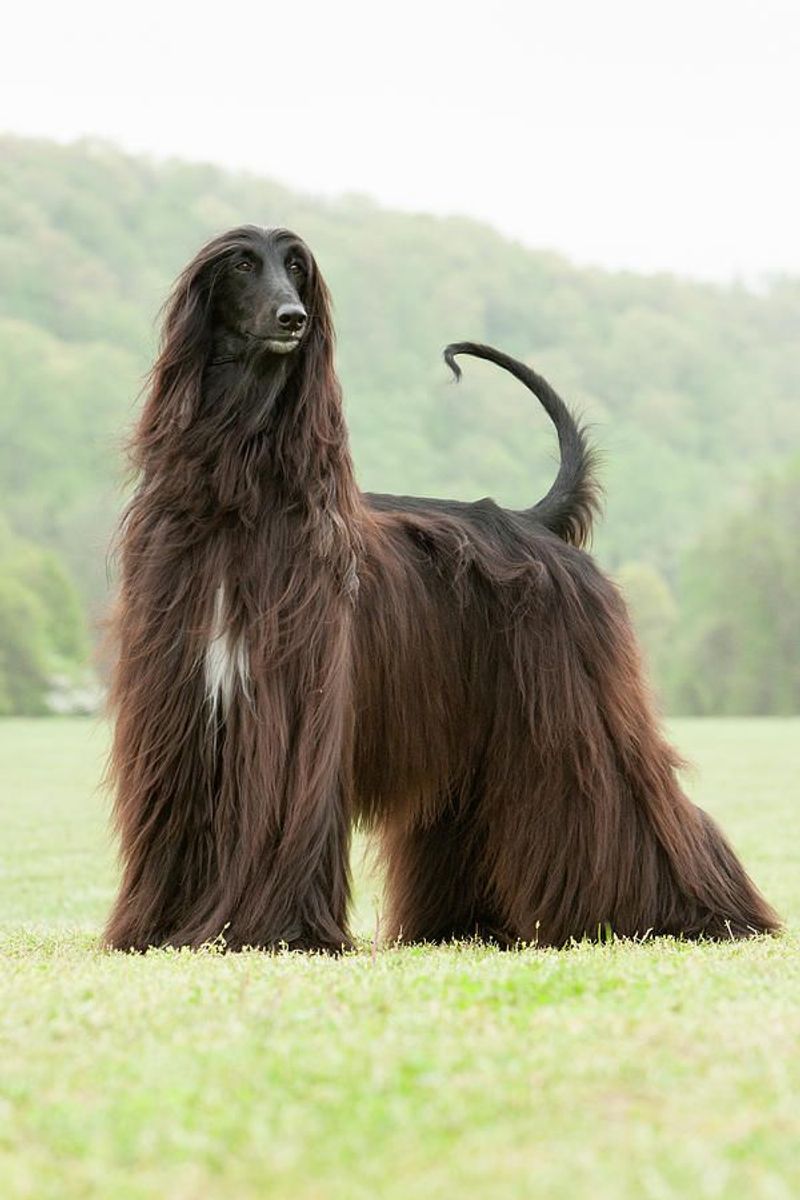
The Afghan Hound is the epitome of elegance with its flowing coat and regal stance. However, when it comes to obedience, this breed ranks last. Afghan Hounds need over 80 repetitions to learn a command and seldom obey the first time. This independent-minded breed is known for its aloof nature.
Training an Afghan Hound requires patience and creativity, as traditional methods may not work. Despite the challenges, their beauty and unique personality make them a treasured companion for those willing to invest the time.
Afghan Hounds were hunting companions in the mountains and deserts of Afghanistan, relying on their keen sight and speed.
2. Basenji

The Basenji, often referred to as the “barkless dog,” is highly independent and driven by scent. This breed is known for ignoring commands unless they see a benefit to themselves, showcasing their selective hearing.
Their intelligence is matched by their stubbornness, making training a demanding task. Owners often find creative strategies, such as games and puzzles, more effective.
The Basenji originated from Central Africa and has been used for hunting due to its keen sense of smell and sight, complemented by its unique yodel-like call instead of a traditional bark.
3. Chow Chow
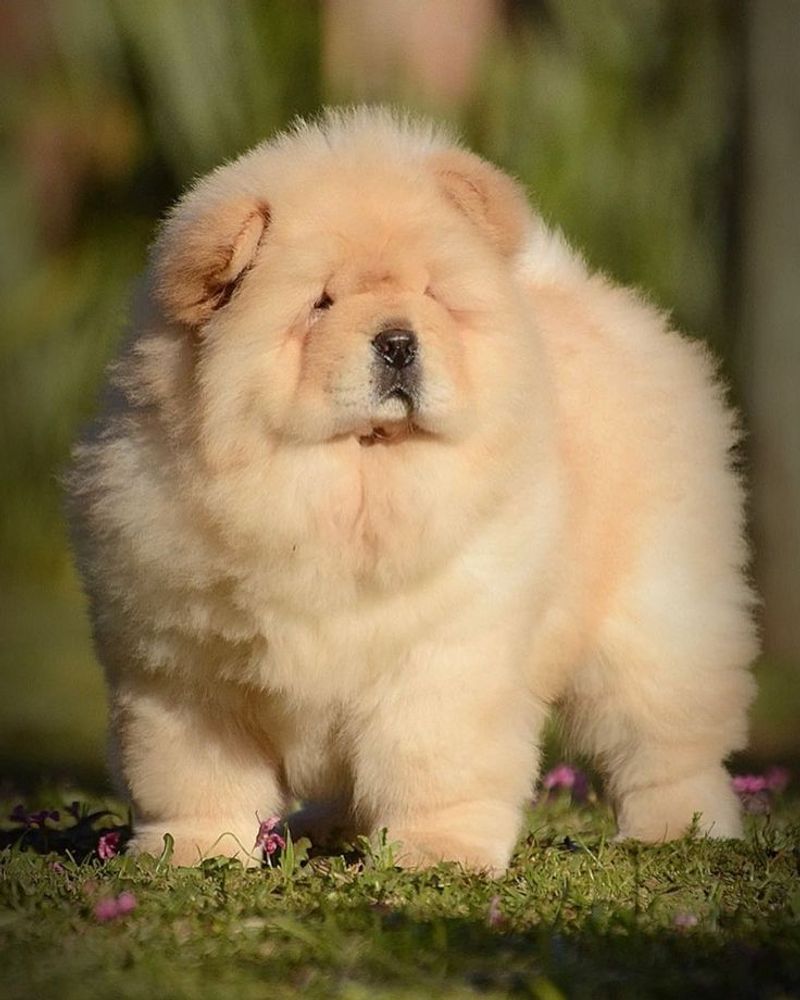
With a proud lion-like mane and an aloof demeanor, the Chow Chow is renowned for being strong-willed. This breed often demonstrates selective listening, responding to commands only when it suits them.
Training a Chow Chow requires persistence and firmness, as they can be quite stubborn. However, once they bond with their owner, their loyalty is unwavering.
Interesting tidbit: The Chow Chow is one of the oldest dog breeds, with roots tracing back to ancient China. They were once used to guard temples, which might explain their independent nature and dignified presence.
4. English Bulldog

The English Bulldog is famous for its stubborn yet charming personality. Known for being sometimes lazy, this breed might choose lounging over listening to commands, displaying a laid-back attitude.
Training can be challenging, requiring a lot of patience and consistency. Positive reinforcement works best to motivate this breed to follow commands.
Despite their tough exterior, English Bulldogs are gentle companions. Historically, they were bred for bull-baiting but have since become lovable family pets, known for their loyalty and distinctive wrinkled face.
5. Pekingese
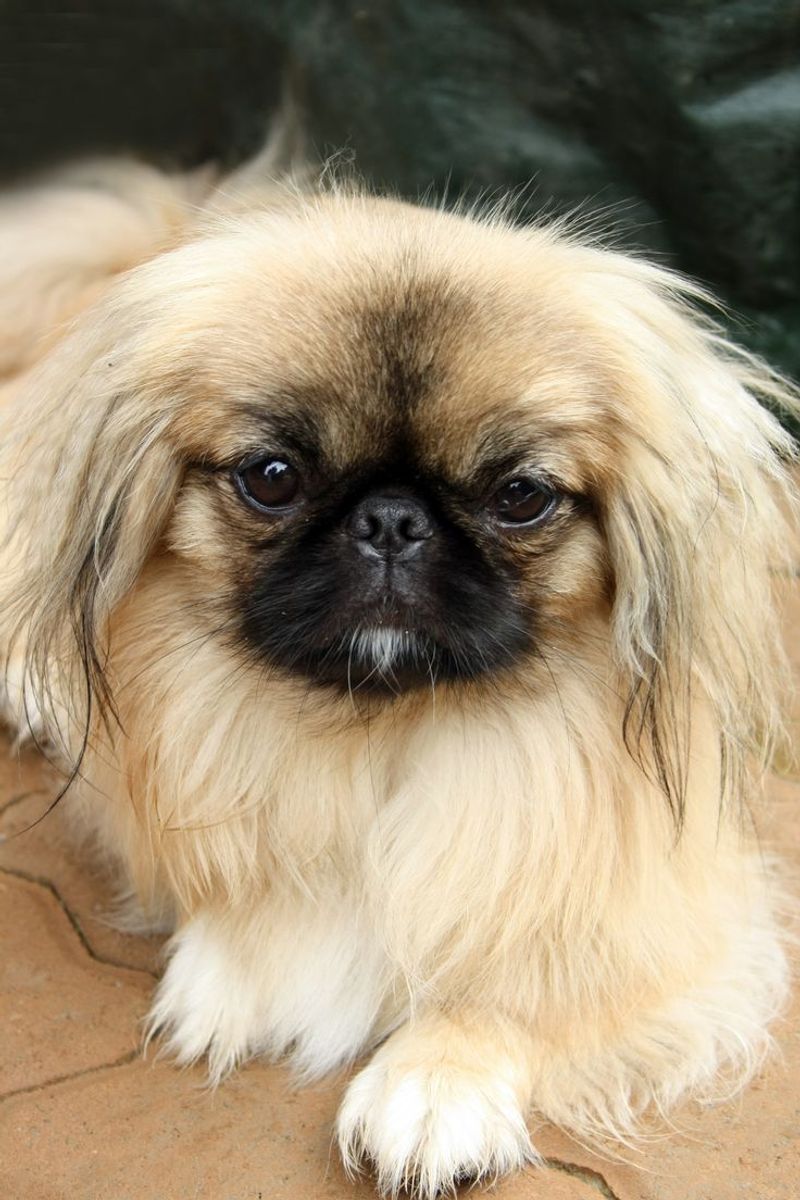
The Pekingese may be small, but their attitude is anything but. Bred as royal companions in ancient China, these dogs were pampered in palaces—and they still act like it. Known for their stubborn streak, Pekingese often ignore commands and do things on their own terms.
They’re intelligent but selective about when they choose to listen. Their independent nature, combined with a tendency to guard their space, makes training a challenge for inexperienced owners. While affectionate with their humans, they’re not eager to please like other breeds.
With the Pekingese, obedience comes on their schedule—if at all.
6. Dalmatian
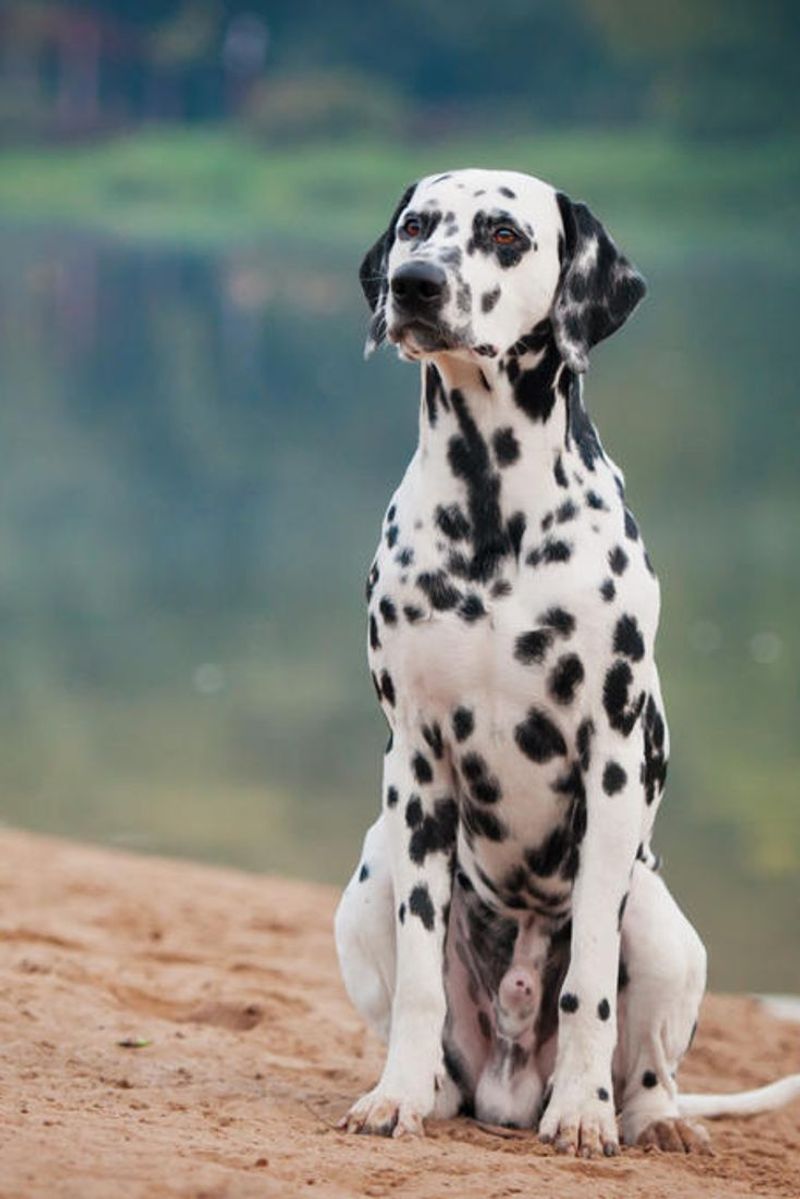
Dalmatians, with their iconic spots, are energetic and strong-willed, often presenting challenges in obedience training. Their boundless energy can make them easily distracted, turning training sessions into a test of patience.
They require ample physical activity and mental engagement to channel their exuberance positively. Once trained, they are loyal and protective companions.
Dalmatians have a rich history as carriage dogs, known for running alongside horse-drawn carriages, which highlights their stamina and vigor. They were also firehouse mascots, lending to their spirited and lively nature.
7. Chihuahua

Don’t let their tiny stature fool you—Chihuahuas pack a punch with their fierce independence and intelligence. Known for being too independent, they often challenge commands, leading to obedience hurdles.
Training requires a consistent approach with firm boundaries. Chihuahuas respond well to positive reinforcement and engaging activities tailored to their energetic nature.
Despite their small size, Chihuahuas have a big-dog attitude, often seeing themselves as protectors of their family, a trait stemming from their ancient origins as sacred dogs in Mexican culture.
8. Siberian Husky
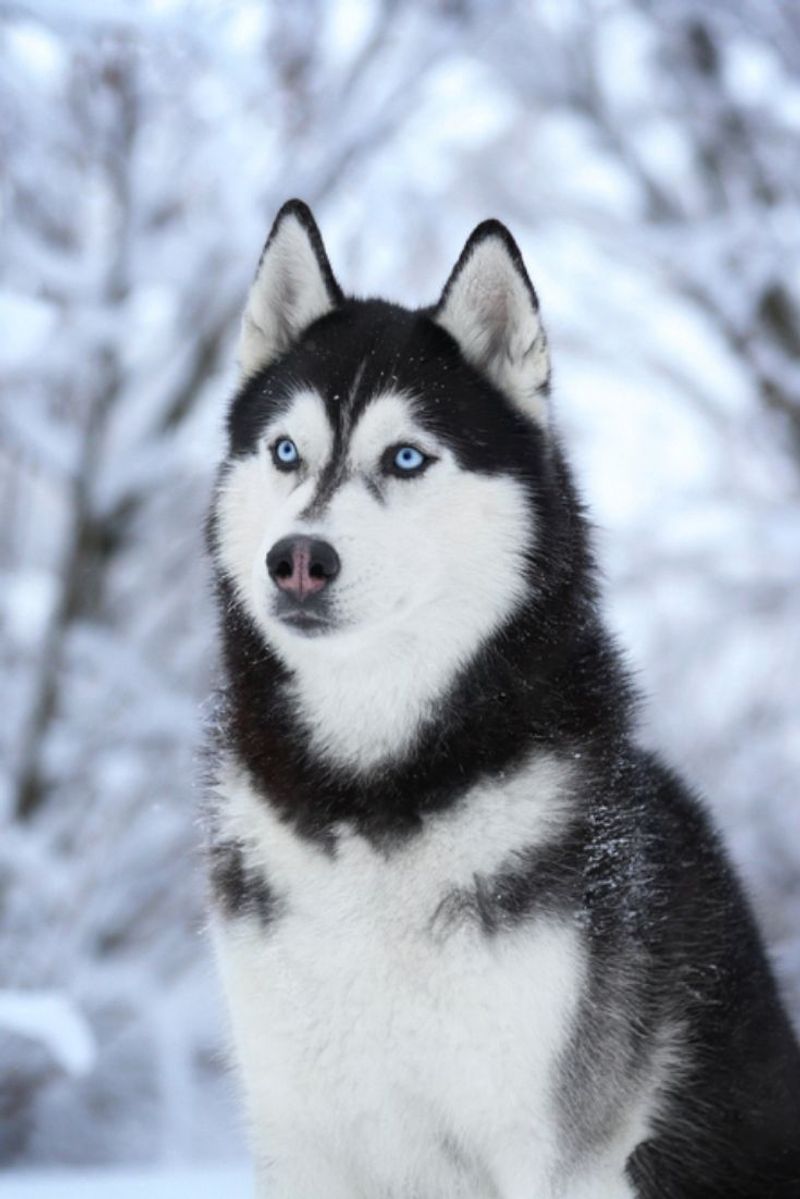
Siberian Huskies are renowned for their strength and striking blue eyes, but they also rank low in obedience. Known for their stubborn streak, these dogs often require innovative training techniques.
Their high energy levels and desire for independence can lead to mischief if not properly channeled. Huskies thrive in environments where they can run and explore, making them less inclined to follow rigid commands.
Bred in Siberia, these dogs were used by the Chukchi people as sled dogs, known for their endurance and ability to work in harsh conditions, which explains their independent nature.
9. Beagle
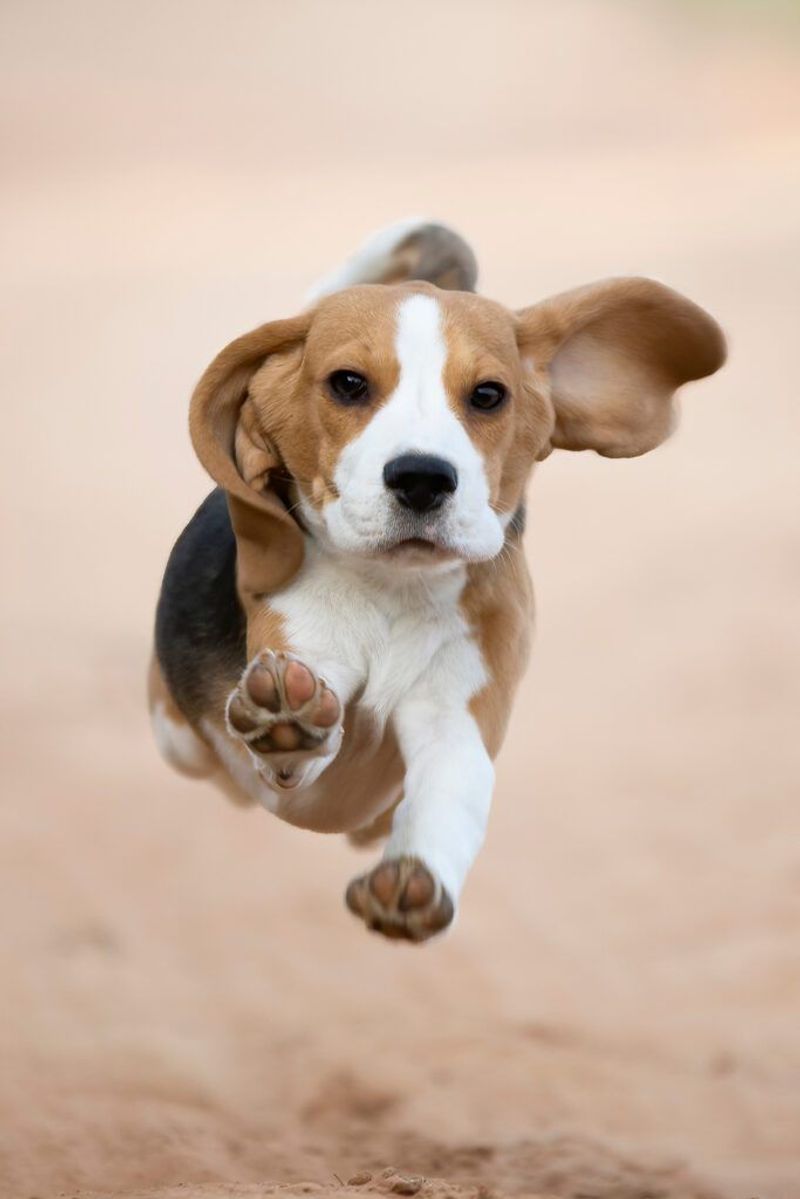
With their soulful eyes and merry disposition, Beagles are beloved by many. However, their strong scent drive can make obedience challenging, as they often follow their nose rather than commands.
Training a Beagle requires patience and creativity, using scent-based games to keep them engaged. Despite these challenges, their joyful nature makes them endearing companions.
Beagles have been used for centuries as scent hounds, originally bred for hunting hares in England. Their keen sense of smell and determination make them natural trackers, often leading to their selective hearing.
10. Basset Hound

With their droopy ears and soulful eyes, Basset Hounds are ranked near the bottom in obedience intelligence. Their laid-back demeanor often translates to selective listening, making training a test of persistence.
These hounds are driven by scent, which can distract them easily from commands. Creative training methods, involving scent games, can help in maintaining their attention.
Basset Hounds were bred in France for hunting small game, using their exceptional sense of smell and endurance to track scents, a trait that contributes to their relaxed and stubborn nature.

Comments
Loading…